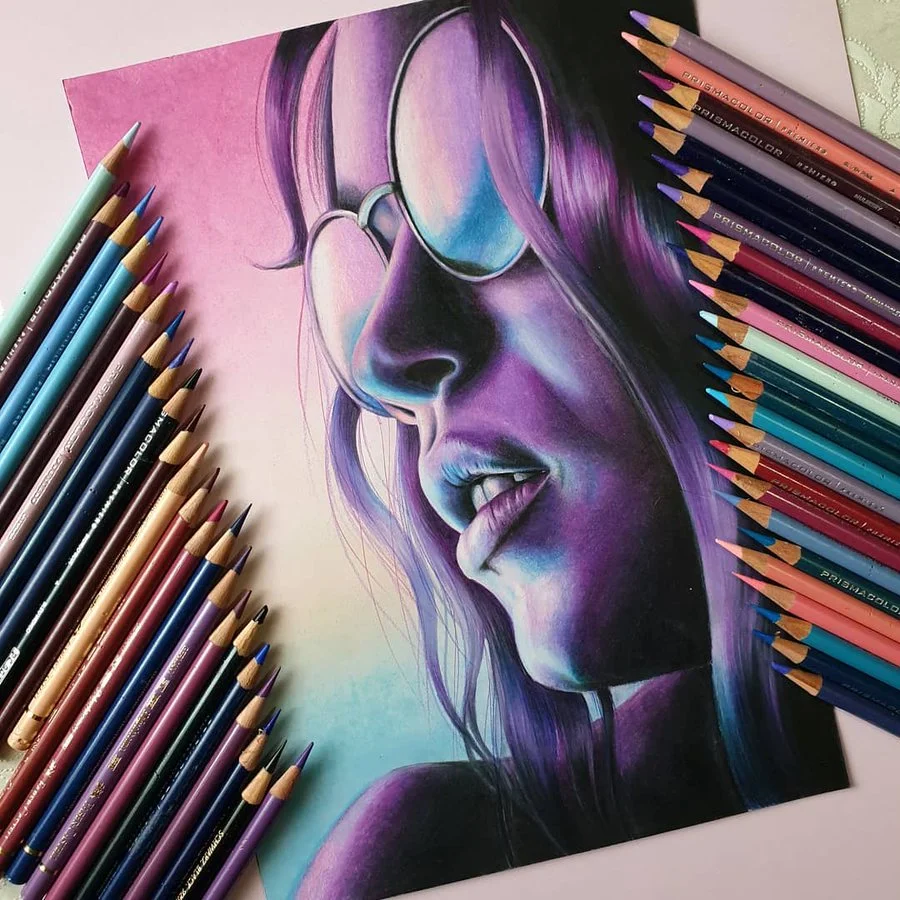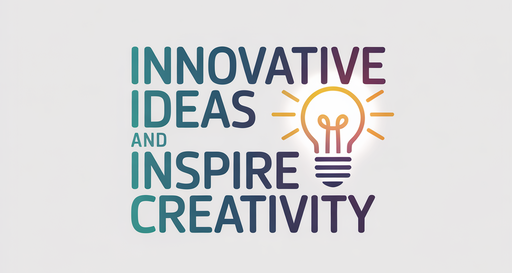Drawing Reference: The Ultimate Guide for Artists
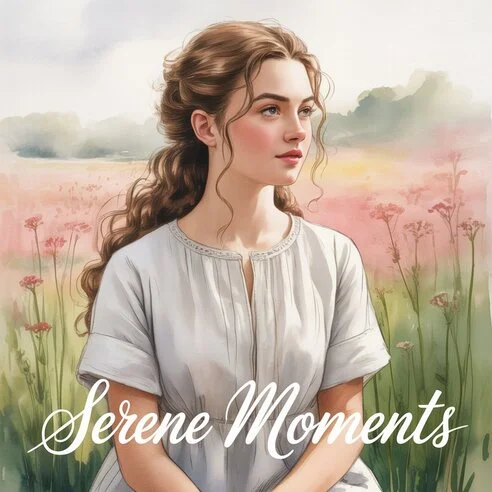
What is a Drawing Reference?
A drawing reference is any visual material—such as a photo, model, object, or real-life scene—that artists use to guide their artwork. Whether you’re sketching a human figure, designing a fantasy creature, or rendering a cityscape, reference images can help bring realism and structure to your drawings.
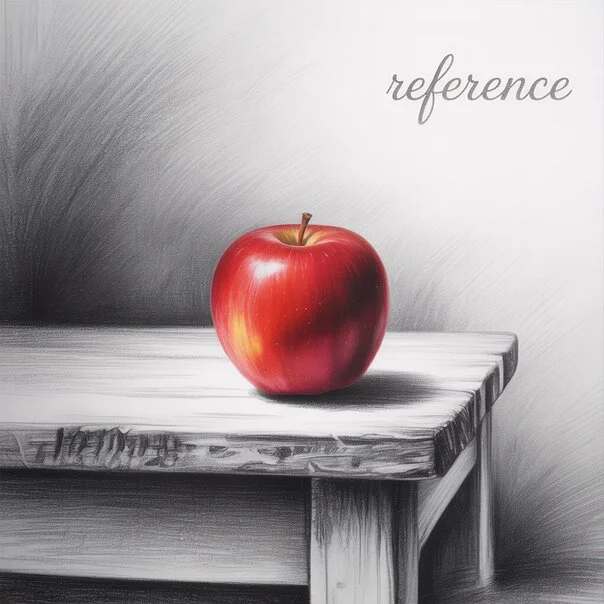
Why Use References for Drawing?
Contrary to the myth that using references is “cheating,” even professional artists rely on references daily. Here’s why:
Improve Accuracy
Understanding proportions, anatomy, lighting, and perspective becomes easier when you study from real-world examples.
Boost Creativity
References can inspire new ideas and help artists build more believable and imaginative work.
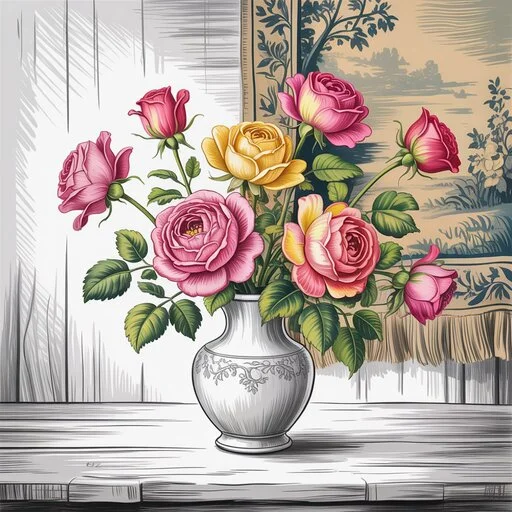
Learn Faster
Beginners can dramatically improve their drawing skills by observing and breaking down how things look in real life or photos.
Avoid Drawing Mistakes
Without references, it’s easy to fall into visual clichés or develop bad drawing habits over time.
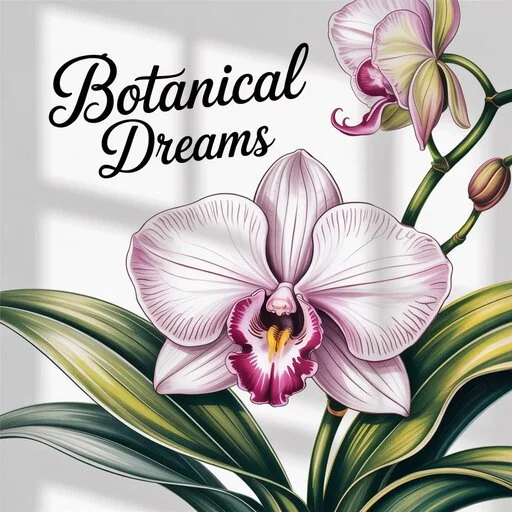
How to Use Drawing References Effectively
Using references doesn’t mean copying. The goal is to study, interpret, and build upon what you see.
Use Multiple References
Instead of relying on a single photo, combine pose reference, lighting reference, and costume reference into one composition. This helps create original artwork.
Break Down the Forms
Simplify what you see into basic shapes and lines. This helps with structure and accuracy, especially when drawing anatomy.
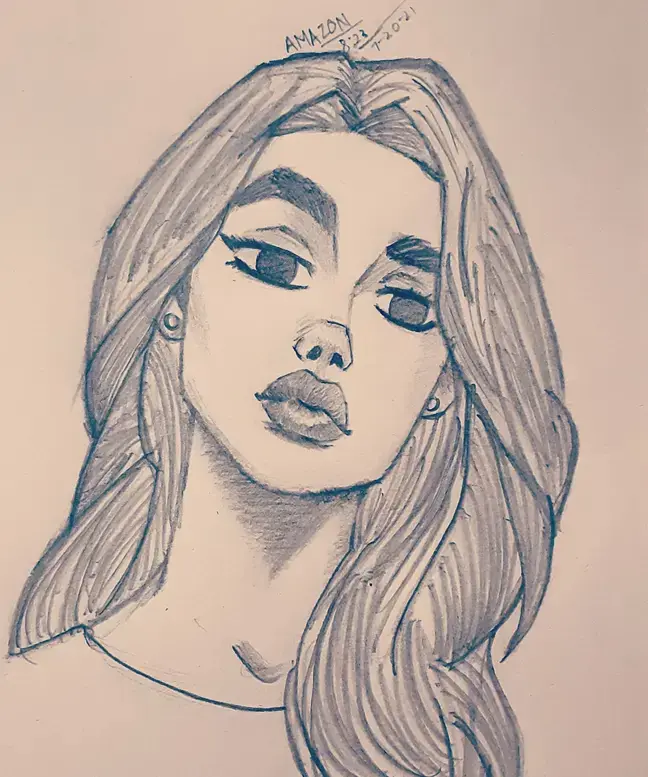
Flip Your Canvas & Reference
Flipping helps spot errors and ensures your composition works in both directions.
Practice from Real Life Too
While photos are helpful, life drawing improves your ability to see and understand 3D form and movement.
Don’t Trace (Unless Practicing)
Tracing can help you understand proportions early on, but always aim to draw freehand for long-term skill growth.
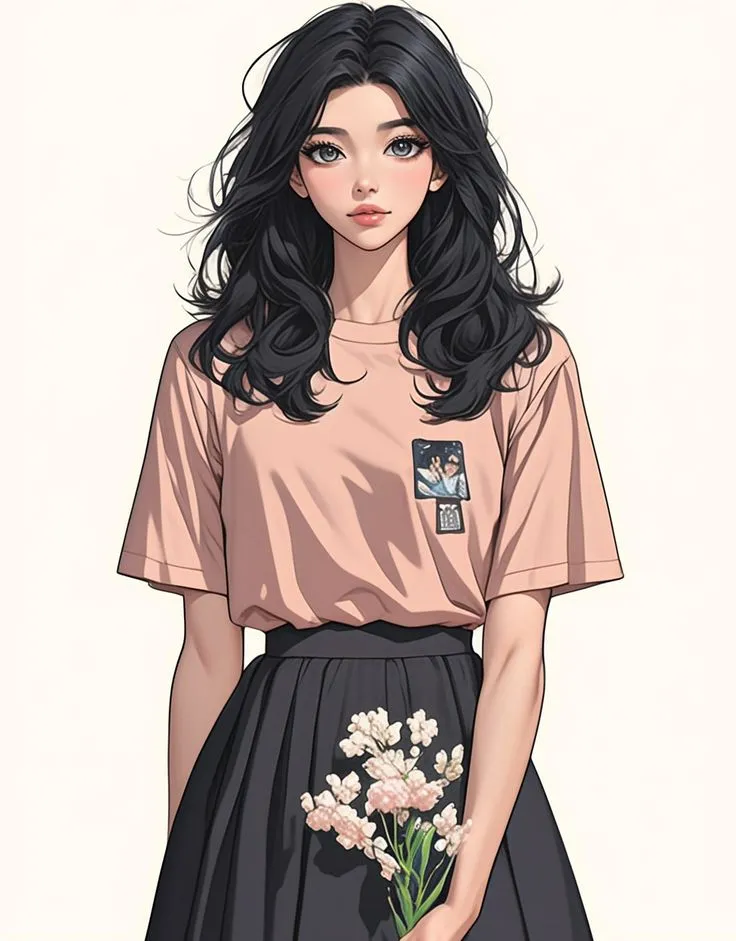
Best Websites for Drawing References
Here are some of the top-rated resources for artist references, including pose reference sites, expression references, and dynamic angles:
| Platform | Best For | Free or Paid |
|---|---|---|
| Line of Action | Timed figure & animal drawing | Free |
| QuickPoses | Gesture drawing & timed sessions | Free |
| Posemaniacs | 3D anatomy poses | Free |
| SketchDaily Reference Tool | Random pose generator | Free |
| Inspiration boards (poses, scenes, clothes) | Free | |
| ArtStation / DeviantArt | Artistic references, stock photos | Mostly Free |
| Grafit Studio / SenshiStock | High-quality professional packs | Paid |
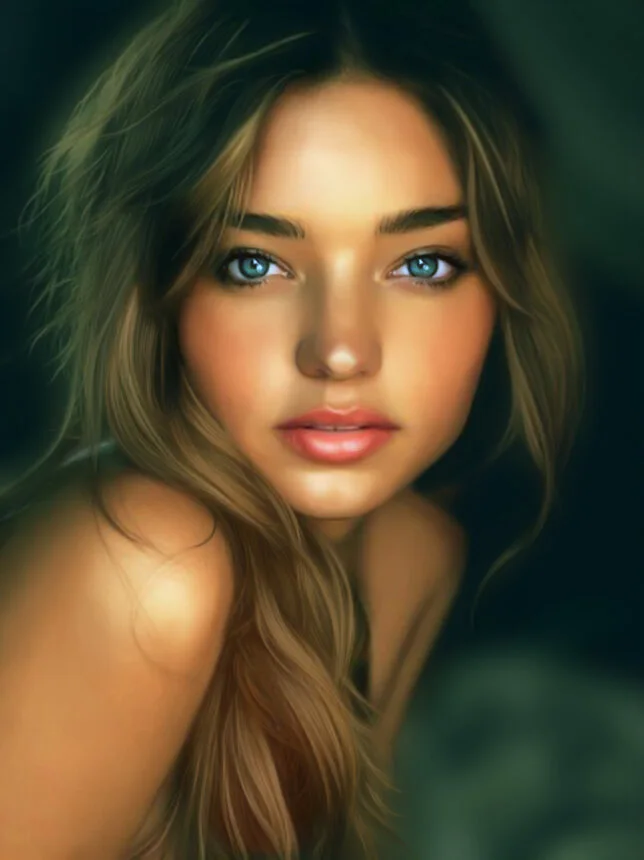
Types of Drawing References
Figure Reference
Includes full-body poses, action scenes, or subtle gestures. Useful for character artists and animators.
Facial Expressions
References showing a variety of emotions and angles. Crucial for comic artists and illustrators.
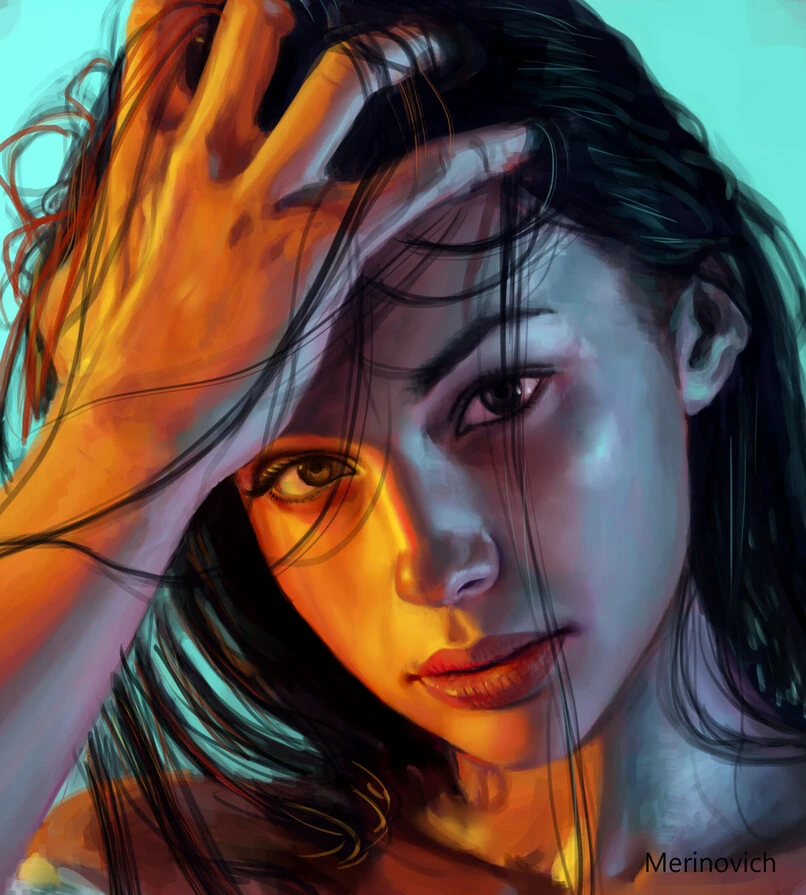
Animal & Creature Reference
Use real animals to inspire believable fantasy creatures or realistic wildlife.
Background & Architecture
Draw buildings, interiors, and cityscapes using photo references for accuracy and depth.
Clothing & Drapery
Study folds, textures, and how fabric interacts with body movement.
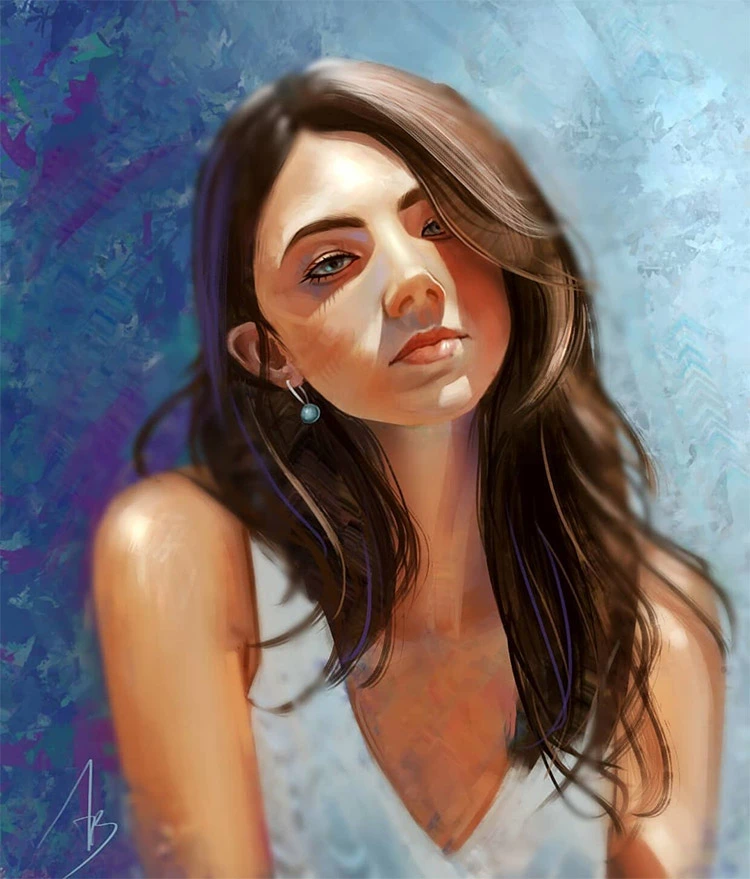
FAQs About Drawing References
Q.1 Is using drawing references cheating?
No! Using references is a smart and professional practice. Artists throughout history—Michelangelo, Da Vinci, and modern concept artists—use references to improve accuracy and detail.
Q.2 Can I sell artwork based on reference photos?
It depends. If the reference is copyright-free (e.g., from Unsplash or purchased stock), then yes. Avoid directly copying protected images unless you have permission.
Q.3 How do I turn reference photos into original art?
Use references as inspiration: change the pose, combine elements, and add your own creative twist. The goal is to create something new, not replicate.
